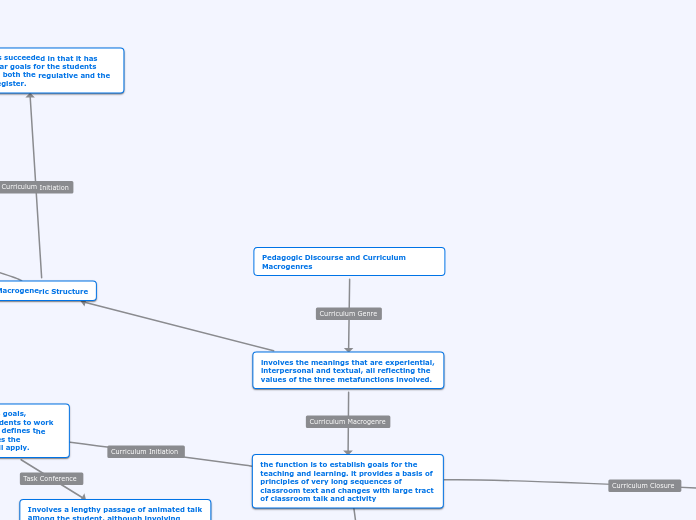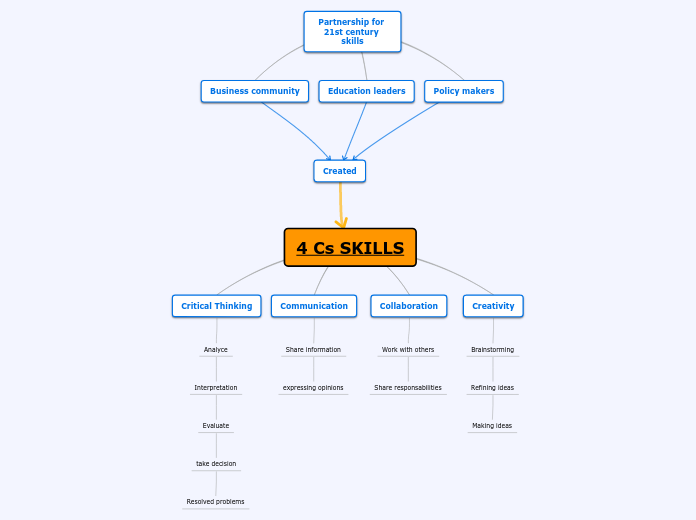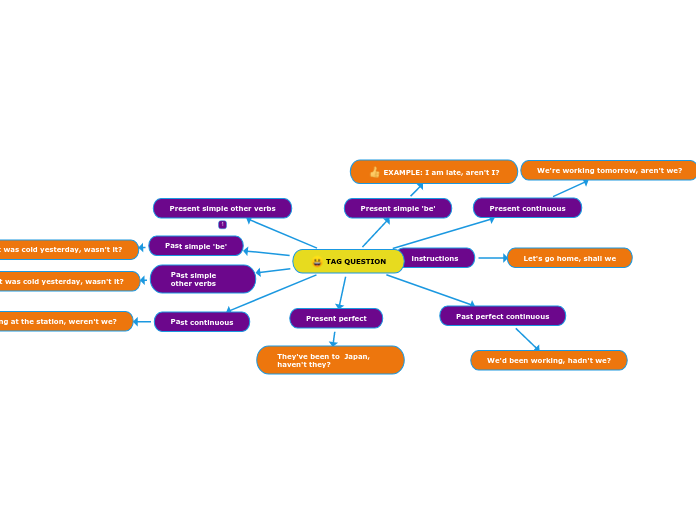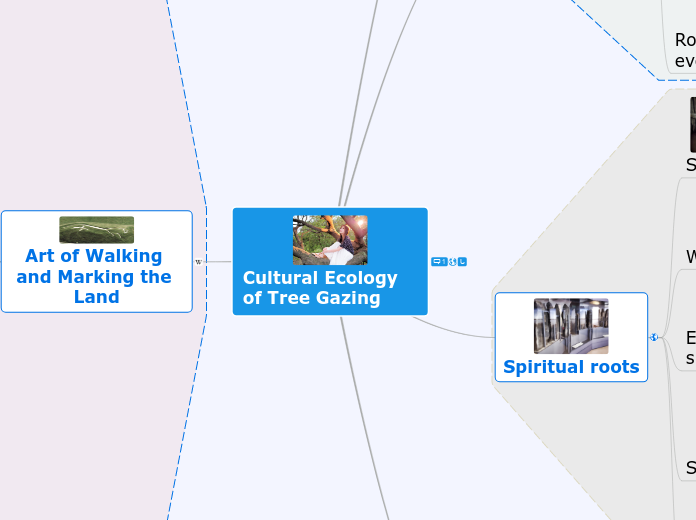Pedagogic Discourse and Curriculum Macrogenres
involves the meanings that are experiential, interpersonal and textual, all reflecting the values of the three metafunctions involved.
Macrogeneric Structure
it involves the completion by each individual of a discussion genre.
Discussion
Individual task Finish
Individual Task Draft
Task Negotiation
the teacher takes a more actively shared role with the students in their learning.
in this case has succeeded in that it has established clear goals for the students with respect to both the regulative and the instructional register.
it is when a student does not know about a subject and asks to a classmate or the teacher about the subject, that classmate can give a good or bad opinion.
Task Specification
Task Orientation
the function is to establish goals for the teaching and learning. it provides a basis of principles of very long sequences of classroom text and changes with large tract of classroom talk and activity
It involves a culminating activity
Teacher direction to activity -> student/students activity -> student independent to activity
It involves the production in groups of oral recounts of what was done in making the exercises.
it involves pursuing the work necessary towards achievement of the tasks and students and teacher actively work together. It involves reading of selected materials, researching in libraries, viewing films, interviewing people and so on.
Task Collaboration
The students work in groups for several lessons while they make their exercises.
Naomi: no, I don’t think you do it that way. You’ve got to follow the instructions
Yvonne: what instructions? There weren’t no instructions. (looks around)
Naomi: read the instructions. (point to the sheet)
Aranthi: where’s the… is there another one? Is there a cork? (a reference to some pieces of equipment needed)
Naomi: oh well, do that later (i.e. find equipment), first we´ll figure this (starts to read the instructions)
Several minutes later, the students having got clearer what they are to do, they start to collect cutting implements, using pliers, scissors and a very sharp knife at one point. Chanoa: I’ve already cut that. We have done that right. What do you need? (Naomi picks up the knife, and Chanoa is concerned at the potential danger to her) Careful.
Later she says againg: Careful please. Please be careful.
Yvonne: now what have we got to do?
Katrina: can I have the other one?
Naomi: let me have a try
Several minutes later.
Chanoa: give us the wire.
Katrina: this one (passes over an implement and the wire)
Chanoa: I’ll try it
Katrina: In here. (points to a part of the windlass) yeah yeah, we got it, we got it!
Initiates activity, establishes goals, crucially predisposes the students to work and think in particular ways, defines the ultimate tasks and it indicates the evaluation principles that will apply.
Involves a lengthy passage of animated talk among the student, although involving exchanges with the teacher.
Kate: We're doing the robot people.
T: Who is this?
Kate: Our group (points to herself and three other girls)
returns to the nature of the task for the students alluded to in the opening but this time introducing a much greater use of specificity.
sheets are distributed outlining the variety of problems that students can take up in making simple machines, such as pulley, a robot, a windlass or a lift.
it initiates in teacher talk and the first few minutes of the talk is devoted to establishing seating arrangements preparatory to later work. The dialogue is between student-teacher, which is classic in IRE pattern
T: What other, what other machine did he use in the movie that was a wedge or an inclined plane?
Yvonne: Chisel.
T: Chisel, right (writes on the board). Excellent. Mow is there anything you can think of?









